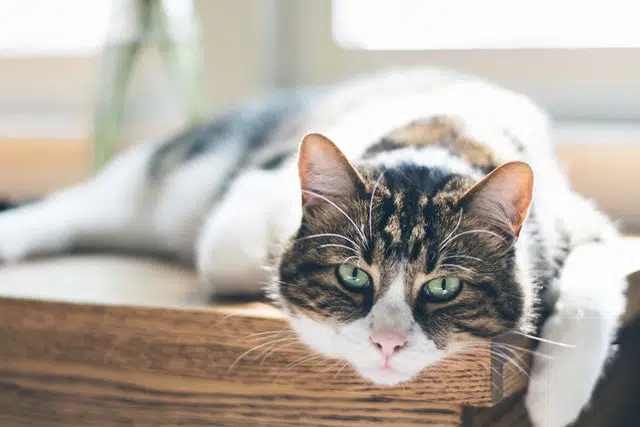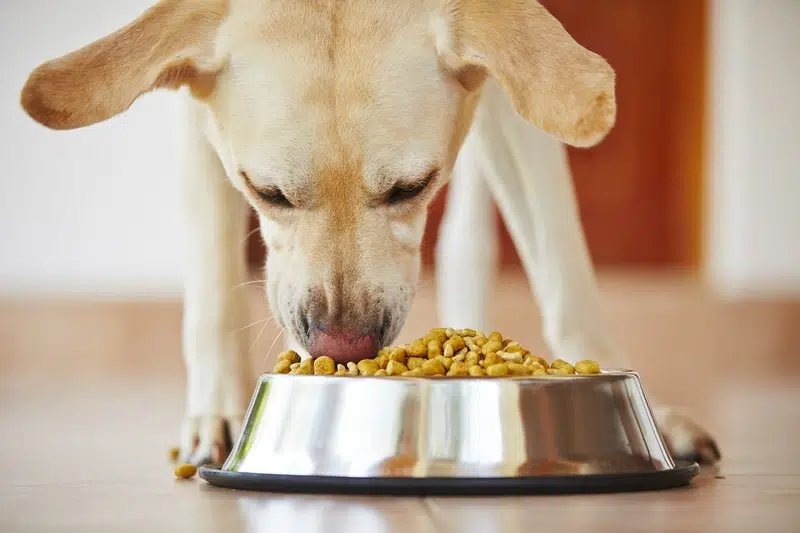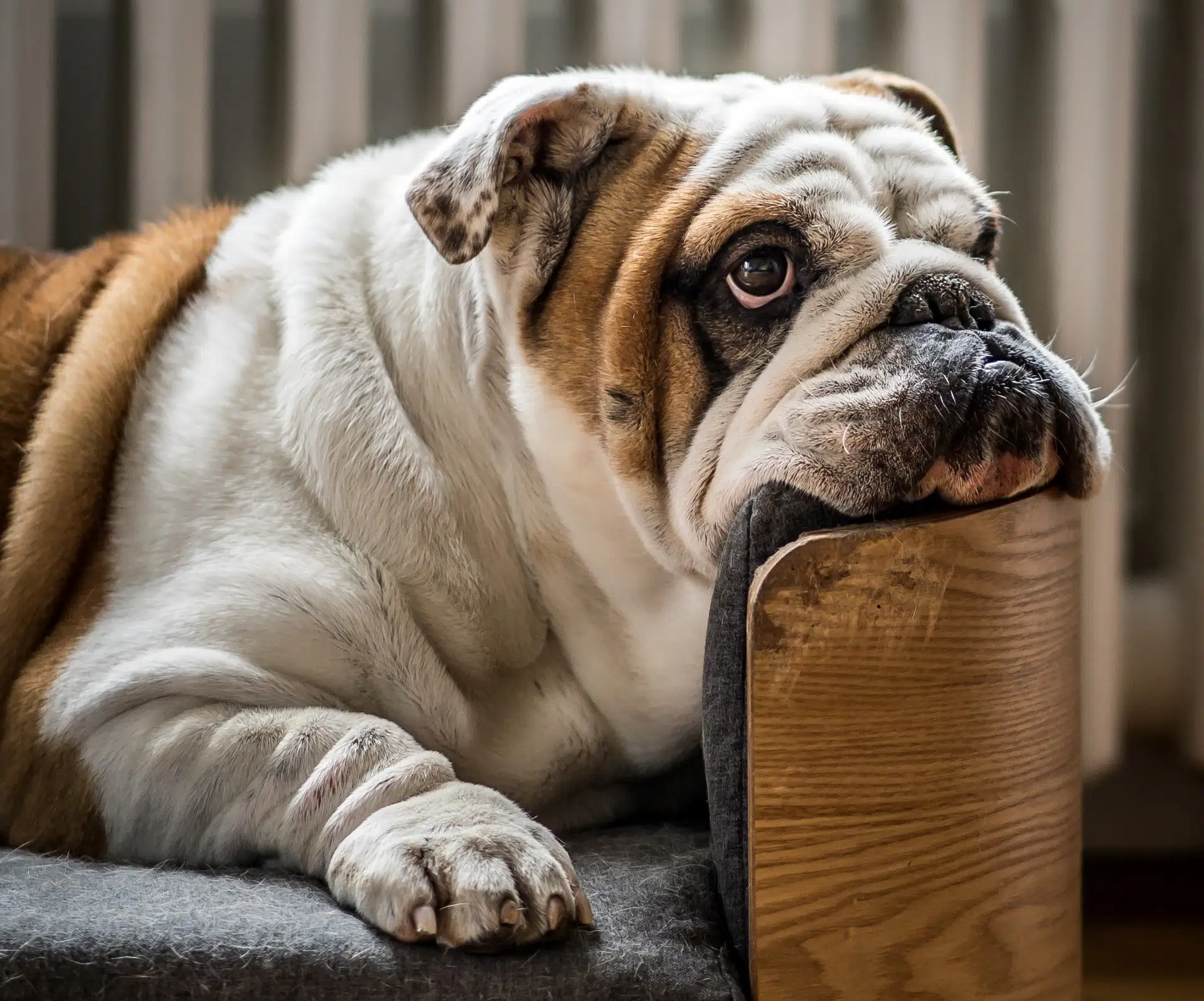Home » Blog » Pet » Pet Health & Safety » National Pet Obesity Day, 13 October
Categories
Tags
animal welfare
breed profile
buying a car
buying a pet
Car
car accessories
car care
car features
car insurance
Car safety
car sales
car service
cat
cat behaviour
cat body language
Cat Breeds
cat food
cat insurance
comprehensive car insurance
Dog
Dog Behaviour
dog body language
Dog Breeds
dog food
Dog Insurance
dog training
eco friendly cars
Kitten
New Car
pet accessories
pet activities
Pet Adoption
pet breeders
pet days of the year
pet fun stuff
Pet Health
pet insurance
pet parenting
Pet Safety
pet services
Puppy
rescue pets
road safety
road trip
safe driving
Recent Blog:
Facebook Posts
23 hours ago
Are intestinal worms setting up camp in your dog’s gut without paying rent? Here’s how to spot the main culprits and get rid of them too:![]()
![]() Preventing, Identifying and Treating Intestinal Worms in Dogs - bit.ly/43YjCKu
... See MoreSee Less
Preventing, Identifying and Treating Intestinal Worms in Dogs - bit.ly/43YjCKu
... See MoreSee Less
Preventing, Identifying and Treating Intestinal Worms in Dogs
www.pd.com.au
Intestinal worms, such as roundworms in dogs are one of the least glamorous topics on the planet. These intestinal parasites that basically use our dogs
PD Insurance
with Dogs West.
3 days ago
We enjoyed meeting #breeders #doglovers and members at the Dogs West Open Day. Special thanks to our partner Dogs West for organising an incredible event. There is still time to enter our pawsome competition. Click here for details: bit.ly/4covyce![]() #PDinsurance #dogswestopenday #dogswest
... See MoreSee Less
#PDinsurance #dogswestopenday #dogswest
... See MoreSee Less
3 days ago
Did you know? The Manx is a breed that is known for its lack of a tail, which is caused by a genetic mutation.
... See MoreSee Less
National Pet Obesity Day is all about celebrating your pet whilst at the same time remembering that less is more. It’s a good time to look at preventative measures and solutions for any extra bulges on your cat or dog because adding on those kilos on is far easier than losing them afterward. As many of us are painfully aware.
And, as it happens – it’s even harder for cats and dogs than it is for humans. Just like cat and dog years are different to human years, pet kilos are different too. For example, every two kilos your dog loses is the rough equivalent of you losing almost five. As you can see it’s a bit of an unbalanced economy, in which your pet has the poorer currency.
Fear not. In this article you’ll discover why obesity in pets is to be avoided and what steps to take to take to manage the bulge. So whether you’re after prevention or cure, here’s your answer in five, four, three, two, one… Let’s lose some digits!
The importance of National Pet Obesity Day
Humans and pets have been living together harmoniously for thousands of years (read about the history of dogs and domestic cats). Yet now more than ever before, more than half of all pets are overweight.
Sadly, being overweight is like a gateway state to becoming obese. Obesity in pets can quickly lead to far more serious problems for your pet.
Pet obesity can lead to other illnesses
Here are some of the knock-on problems obesity can cause in pets:
- Cancer
- Cardiovascular disease
- Chronic inflammation
- Diabetes (read how obesity leads to diabetes in dogs and cats)
- High blood pressure
- Kidney dysfunction
- Orthopedic disease (read about IVDD in Dachshunds and other dogs, and how weight gain can be a no-no)
- Osteoarthritis
- Reproductive disorders
Generally speaking, obesity makes pets unhappy, leads to a lower quality of life and results in reduced life expectancy. Read about how to assess average cat weight.

Pet obesity statistics Australia
In Australia, 41% of dogs and 32% of cats are overweight or obese. What’s more, many breeds that are Aussie favourites, like the Labrador Retriever and Golden Retriever, are prone to weight gain.
In an interview with ABC News, vet Dr Jessica Mills shares that “Forty-nine percent of veterinarians agree it’s harder for pet parents to keep their pets at a healthy weight during the pandemic than before.” There’s such a barrage of different food types, diet recommendations and more online that it’s easy to get caught in a storm of several approaches at once.
The result can be that your pet gets too much intake of energy supplying food, and not enough energy expenditure on the other side. Once there’s an unbalance between these two, becoming overweight is merely a step away.
Pet obesity advice from a HUHA vet
We spoke to HUHA vet Dr Joanne Lonergan for advice on keeping your pet at an ideal weight. She says overweight and obese pets are one of the more common problems she and fellow vets encounter on a day-to-day basis.
For pet owners, pets and vets alike, the resulting issues can be heartbreaking. It is however one we can take control of in just a few steps. Dr Lonergan shares three guidelines for keeping pets’ weight on point:
1. Measure how much you’re feeding them
One of the diets that’s easy to use is for good results is the Hills metabolic diet. It’s great for pets like Labradors who are insatiable, can’t seem to be filled and are always hungry. This is thanks to a nutritious balance of ingredients that helps pets feel full, so they don’t always go looking for food.
The diet is really easy for people to manage the correct food servings based on their pet’s ideal weight. You can either calculate your pet’s ideal weight using an online tool or, for a professional assessment, the ideal would be to consult your vet (who knows your animal’s age, breed and history firsthand).
Once you know what you’re working towards, you can check the chart on the food bag for the correct schedule and serving.
Dr Lonergan explains that a common problem is when pet owners proportion the serving by hand. She says “When we dish by hand, we’re using our eyes to measure. Our eyes can be pretty bad at assessing the correct amounts.” This is why you should measure how much you’re feeding using a measuring scoop.
Often pet parents discover they’ve been inadvertently overfeeding their pets. And if there’s too much food in the food bowl, it’s not your pet’s fault when they eat it.

2. Keep track of what treats they’re getting
Dr Lonergan says her clients often feel they’re being mean to pets if they don’t give in to treat giving. Because when your cat or dog meows or looks at you with those doleful eyes, who wouldn’t. And, Dr Lonergan explains, that’s OK; you don’t have to stop giving your pets treats.
You don’t have to stop feeding them treats, but you have to be mindful of what you’re feeding them.
– Veterinarian, Dr Joanne Lonergan
Dr Lonergan shares, “I totally appreciate that – I have two dogs myself who are very good beggars.”
If you’re feeding your pet Schmackos, for instance, then your pet is getting a highly fatty treat. The tastiness of such treats is why pets love them, but in conjunction with regular meals they can easily tip the balance. Another issue can be feeding your pets human food, like bits of meat off your plate.
Giving your pet a treat is a nice bond to have. Pet owners don’t want to lose that bond and you don’t have to. You just have to be careful about what you’re feeding them.
– Veterinarian, Dr Joanne Lonergan
Dr Lonergan explains that most dogs are not fussy. “You can cut up a carrot or cut up a banana or apple – you just don’t give them the seeds – or a little taste of peanut butter,” she says. Of course, you want to balance how many treats you give together with how much food they’re getting during mealtimes.
It’s about striking a good balance.
3. Be open to addressing pet weight issues
Dr Lonergan shares how many pet parents feel offended when vets bring up the subject of their pet’s weight. However, when you look at the potential dangers we’ve listed further up, being open to dealing with pet weight issues is about loving your pet.
National Pet Obesity Day is the perfect time to consider your pet’s weight.
As with most issues, being open to speaking about this is the first step to seeking out and implementing solutions. You can’t solve a problem unless you first recognise it, right? Understand you’re not alone and that having an overweight pet is a problem many pet owners face nowadays.
It’s fine to feel bad about it but don’t dwell – use this as an engine to actively address the issue so you can work on methods to help your pet. Many pet parents don’t realise pets are overweight or even obese until something goes wrong. Which is why National Pet Obesity Day is a helpful reminder for all pet owners to take stock of their pet’s weight.

4. Ask yourself how much exercise pets are getting
Adequate exercise is central to pet health and weight management. In the case of young pets, it’s important to follow guidelines so as not to overdo the type and duration of exercise. During their rapid growth phases, putting too much stress on bones, muscles and joints can actually be a bad thing.
Read puppy play to find out how much and what types of exercise are ideal for puppies. Once pets are grown up, it’s important to exercise them according to their breed to match their personal needs. A Pug, for example, just needs a regular short walk whereas a Border Collie can run the whole day without breaking a sweat and be all the happier for it.
As a first time pet owner it’s really important to research breed traits before making a commitment to bring one home. If, for example, you’re seldom home, you should avoid getting a German Shepherd that needs ample exercise. Separation anxiety in pets can also affect this breed and many others, including the Siamese cat.
Celebrate with pet insurance
Celebrate National Pet Obesity Day by getting your cat or dog a pet insurance plan. Purchasing a pet plan before issues arise means you won’t get the needed cover to pay for the related health costs. However, getting a plan when pets are well and before they develop complications gives you the widest range of cover.
Bills for vet visits, prescription medicine and overnight stays easily rack up in the thousands. It’s not impossible for an unforeseen obesity or other cause-related illness to clear your bank balance. However, if you have a cat insurance or dog insurance pawlicy in place before they emerge, we’ll help cover these costs.
Why wait, when with PD Insurance you’ll receive one or more months of cover for free if you sign up online – it’s easy, reliable and fast. Just like our pet insurance.
Share On:




